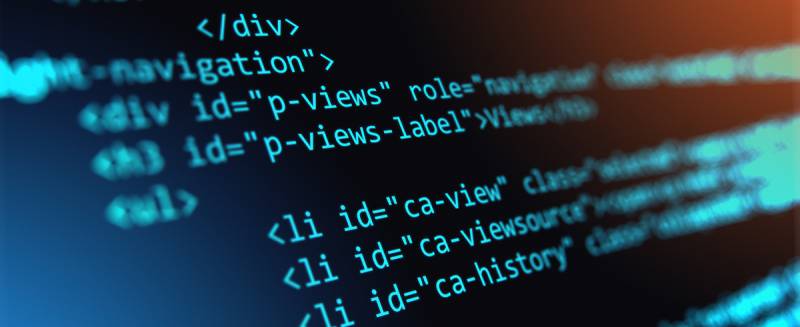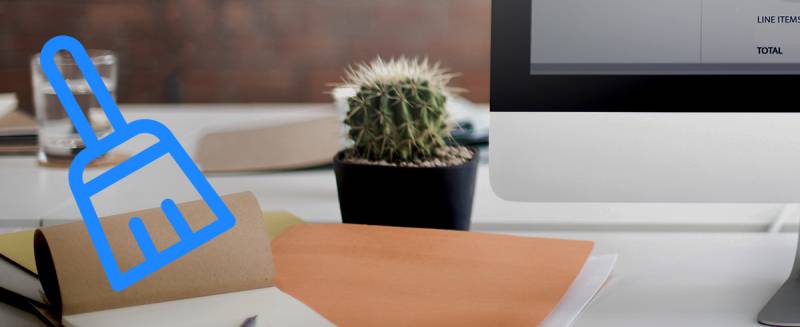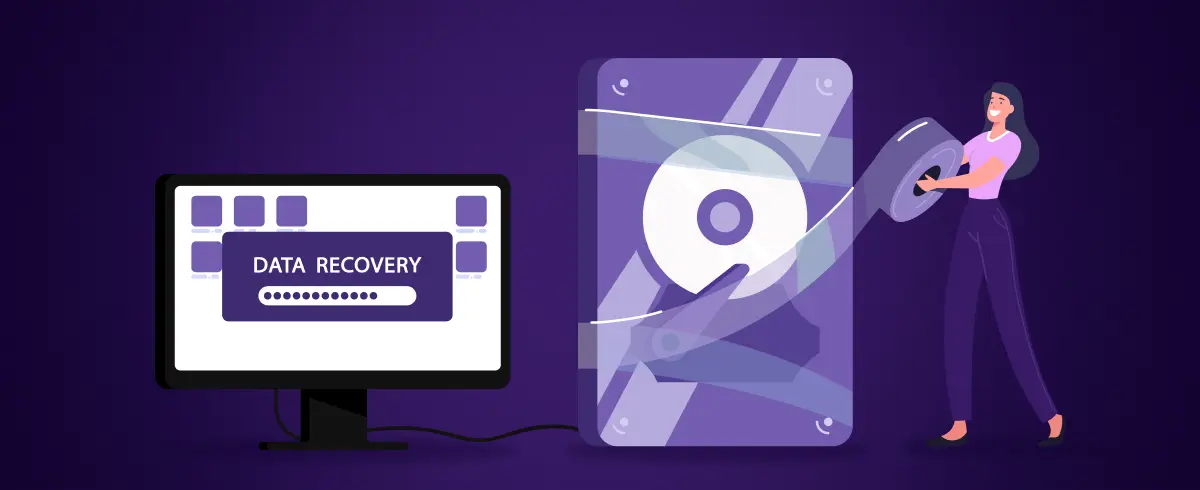
14 February 2023
How to Format a USB Drive on Mac
Have you ever tried to use a USB drive on your Mac only to realize you couldn’t write any files to it?
It’s because most computers run on Windows and most thumb drives ship with formats that favor a Windows environment. Unless it’s specifically designed to work on a macOS, you'll need to reformat the flash drive.
Let’s look at how to format your thumb drive for a Mac.
Different File System Formats Available in Disk Utility
ExFAT
If you plan on using your USB on both Windows and macOS devices, the preferred format is ExFAT. This file format is compatible with multiple devices, like PCs and gaming consoles. This is the ideal cross-platform format.
MS-DOS (FAT)
This file format is highly compatible but somewhat limiting. For example, you can only store files that are less than 4GB on the device. Unless a system specifically calls for FAT32 devices, avoid this format at all costs.
Mac OS Extended (Journaled)
This is the recommended file system for devices that are used with Macbooks. It uses the Mac format to protect the integrity of the hierarchical file system.
Mac OS Extended (Case-sensitive, Journaled)
This is similar to the Journaled format except for the fact that all folder names are case-sensitive.
For example, the file format differentiates a folder named "MYFOLDER" from a folder named "myfolder". Unless this is specifically required, we recommend the "Journaled" format
Two Easy Ways to Reformat a USB drive
There are two ways you can approach reformatting a thumb drive:
- Using the Disk Utility tool
- Using the Terminal
Before formatting the USB Drive, check the current Format of your drive.
Navigate to the Finder directory and look for your device on the left side menu. Right-click on the device name and click on "Get Info".

Once you click on "Get Info," you’ll be presented with information on the device. Under “Format,” you can see the format of your device.

Formatting a Flash Drive Disk Utility on your Mac
1. Open the Disk Utility Tool.
- Push the “Command” button and the “Space” button together on your keyboard to bring up “Spotlight Search” or whatever search app your have installed. We love Alfred.
- Click on the magnifying glass icon and type "Disk Utility".
- Click on the first suggestion to open the “Disk Utility” tool.

If you aren’t able to bring up “Spotlight Search” for some reason, navigate to the “Finder” directory and click on “Applications”.
In the “Applications” folder, find the folder named "Utilities," and navigate to it. You can find the “Disk Utility” tool inside the “Utilities” folder.

2. Reformat the USB Drive.
-
When you open the “Disk Utility,” the tool will look like below:

-
Select the preferred USB Drive from the menu on the left side of the screen.

-
Click on “Erase” on the top toolbar. You‘ll be prompted to select a name for your drive and the desired format. Mac OS Extended (Journaled) is the preferred format, but depending on your requirements, select the best option for you from the drop-down menu.

-
If you‘ve stored any sensitive data on your USB drive, it is wise to pay attention to the "Security Options" button before you format. You‘ll be prompted to select an option as to how you would like to delete the data in your drive.

As you might know, if you erase the data using the fastest way possible, certain disk recovery programs could recover what you erased easily. We like Disk Drill.
If you don’t want your data recovered, choose the “Most Secure” option. Keep in mind, that depending on how secure your erase is, the time it takes to format your drive could increase significantly.
Once all the options are set, go ahead and click on “Erase”.

That’s it! You’ve successfully reformatted your USB drive.
Smaller devices with a few files will reformat quickly. If you have a large number of files or depending on how secure your erase was, it might take longer to format.
How to Format a USB on a Mac using the Terminal
Almost everything you do with the GUI can be performed in the Terminal. It’s a non-flashy way of navigating your Mac’s environment and performing certain tasks.
Here’s how you format your USB drive using the Terminal:
Note: Terminal requires precise syntax, and thus this method is only recommended for advanced Mac users.
1. Push the “Command” and “Space” buttons together to bring up “Spotlight Search.” Click on the magnifying glass and type "Terminal". The below window will pop-up.

As mentioned before, if you can’t open “Spotlight Search,” navigate to the “Finder” directory and go to the “Utilities” folder where you’ll find the “Terminal.”
2. Type the following command and hit enter to list all the mounted devices available in your system:
diskutil list

3. From this list, go ahead and select the device that you want to format and use the Terminal to format it.
Use the following syntax to format the drive:
diskutil erasedisk FILE_SYSTEM DISK_NAME DISK_IDENTIFIER
4. For the Disk name, you can enter any name you want to give your device.
To find your Disk identifier, refer to the list you found after typing the command diskutil list.
Under the IDENTIFIER column, you’ll find your identifier.
The file system option depends on your preference. The syntax is:.
- Formatting to MacOS Extended Journaled(JHFS+) - JHFS+
- Formatting to MacOS Extended (HFS+) - HFS+
- Formatting to MS-DOS FAT - FAT32
- Formatting to ExFAT - ExFAT
For example, if you want to format your drive to macOS Extended Journaled and rename it to "MyDisk," you can enter the terminal command as below:
diskutil erasedisk JHFS+ MyDisk disk2

Conclusion
Using USB drives on MacBooks aren’t so different from using them on other operating systems except for the fact that macOS supports only a specific number of formats.
You can now format the USB drive from the Disk Utility tool or the Terminal. Player’s choice!
Written by Shanika Wickramasinghe.
Shanika is a software engineer by profession and a Graduate in Information Technology. Her fortes are Web and Mobile Development. Shanika is a macOS enthusiast and loves writing as it helps to share her knowledge. She also enjoys sharing tips and tricks about macOS. You can connect with her at LinkedIn.
Software Expert

































